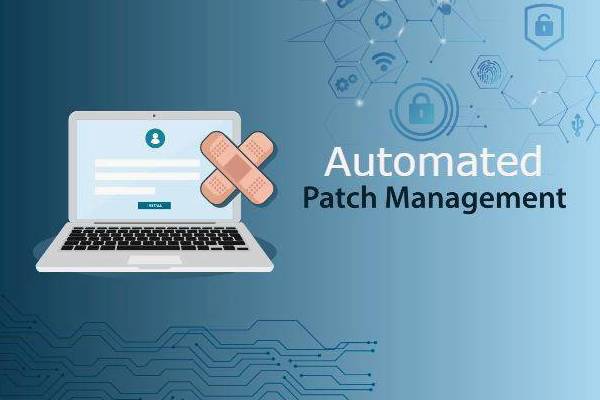Houston, USA: Lack of automated patch management leads to major security risks for remote IT operations reveals a new report. In today’s post-COVID-19 era a very high number of organisations and businesses are operating with a remote workforce as well as remote IT operations. This scenario is prone to major security risks and cyberattacks.
Continuation of Remote Working in 2022
Since the COVID-19 pandemic hit the world in 2020, organisations and businesses globally have adopted the model of remote IT operations and workforce. However, they continue to face major IT security risks and challenges in the remote work environment
Although the pandemic has slowed down with the falling number of cases this year, many organisations have decided to continue to work remotely in 2022 with the new hybrid work model.
This means cybercriminals and hackers will continue to target the remote workforce, networks, cloud-based applications accessed remotely and IT devices.
Remote Working and Remote IT Management Challenges
Given this reality, the new 2021 Remote IT Management Challenges report by Action1 Corporation – a cloud-based remote management solutions provider sheds light on the patch management aspect in organisations, security risk and remote IT support.
With the feedback from 491 IT professionals globally, the new study explores how organisations patch and manage their remote and office-based endpoints and provide employees with remote IT support.
78% of respondents in the study have admitted experiencing delays in patching critical vulnerabilities during the past year. And 62% of respondents have encountered security incidents involving a known vulnerability that had not been mitigated even though a patch was available.
The study findings may not sound alarming but certainly, expose the dark reality of how organisations still fail to address software patch management and its security risk.
Interestingly, the study reveals that 59% of organisations have automated OS patching while 14% manage all patches manually. That means these organisations still lack automated patch management – which is critical to the overall IT security of any organisation today.
Other findings of the survey include:
Patching takes 2.5 longer when endpoints are remote, which proves why automated patch management is necessary for organisations.
38% of survey respondents cited the inability to manage updates in one place and prioritize them effectively as the top barrier to effective patch management.
The study reveals that 77% of organisations have experienced security incidents during the past year. Malware (41%) and phishing (31%) attacks are the common causes behind security incidents.
35% of organisations, as per the study are unable to spot unwanted software on their remote endpoints. Resolving IT support requests takes twice as long when employees are remote.
“Modern organisations use more applications than ever, and all of them can have vulnerabilities that hackers can exploit,” said Mike Walters, President and Co-Founder – Action1.
“With vendors issuing updates at a rapid rate, it is essential to automate patching for both OS and third-party software,” added Walters.

